Healing Achilles Tendonitis with Acupuncture: A Holistic Approach Backed by Science
I have treated patients with achilles tendonitis numerous times. It’s a chronic injury from overuse, usually with runners, dancers and athletes engaging in repetitive high-impact activities. Achilles tendonitis affects the tendon that connects the calf muscles to the heel bone. Characterized by stiffness, swelling, and tenderness above the heel, Achilles tendonitis can severely impact mobility and quality of life. While conventional treatments like rest, ice, and physical therapy are often prescribed, many people are turning to acupuncture for a more integrative and effective approach to healing.
HOW ACUPUNCTURE HELPS ACHILLES TENDONITIS
Acupuncture works by stimulating specific points on the body to promote healing, reduce pain, and restore balance. For Achilles tendonitis, acupuncture is typically applied to the affected region, as well as related meridian pathways, muscle motor points with electric stimulation to relieve tension, improve blood flow, and reduce inflammation in the tendon.
Scientific evidence supports the efficacy of acupuncture in treating tendonitis-related pain. A study published in the American Journal of Chinese Medicine (2017) showed that acupuncture significantly reduced inflammation markers and improved tendon repair in animal models. Another randomized clinical trial in Acupuncture in Medicine (2016) demonstrated that patients with chronic Achilles tendon pain experienced a measurable improvement in pain relief and mobility after a series of acupuncture treatments.
ACUPUNCTURE’S MECHANISMS: REDUCING INFLAMMATION AND ENHANCING REPAIR
Acupuncture promotes tissue regeneration by increasing microcirculation around the tendon. Improved blood flow brings oxygen and essential nutrients to the injured site, accelerating the healing process. Additionally, acupuncture is known to modulate the nervous system by releasing endogenous opioids and neuropeptides such as substance P and beta-endorphins, which help decrease pain and inflammation.
Moreover, electroacupuncture—where mild electrical currents are passed between acupuncture needles—has shown enhanced benefits in tendon healing by stimulating fibroblast proliferation, a crucial process in tendon repair. True science to back up acupuncture has been provided by research!
GUA SHA VS. GRASTON TECHNIQUE: SIMILAR GOALS, DIFFERENT ORIGINS.
As you see in the photo, I often treat with Gua Sha to break up the adhesions around the heel, up into the soft tissue and muscles attached to the tendon itself. In treating Achilles tendonitis, both Gua Sha and the Graston Technique are commonly employed in soft tissue therapies that complement acupuncture. While they share similarities in application—scraping the skin with specialized tools to break up adhesions and improve circulation—their origins and philosophies differ.
Gua Sha, rooted in Traditional Chinese Medicine, involves using a smooth-edged tool, sometimes looking like a bottle cap or a jade stone, to stroke the skin in a downward or upward motion, encouraging qi and blood flow while releasing stagnation. It often produces petechiae (small red or purple spots) as a sign of toxins being released from the tissues. We always use a lotion or balm so it is not painful. This is a great way to break up adhesions and improve blood flow to the body can start to heal. My patients have reported great relief from this technique.
Graston Technique, a modern manual therapy developed in Western rehabilitation, uses stainless steel instruments to detect and treat soft tissue dysfunction. Its focus is biomechanical, aiming to mobilize fascia and scar tissue to restore normal function.
Both techniques can relieve pain and improve tendon healing, but Gua Sha is more holistic and energetically focused, while Graston is more mechanical approach. Integrating either with acupuncture can produce synergistic results for Achilles tendonitis.
INTEGRATIVE CARE: THE FUTURE OF TENDON INJURY RECOVERY
Combining acupuncture with other manual therapies and conventional care bridges the gap between traditional and modern medicine. With growing scientific support and clinical evidence, acupuncture continues to solidify its role in tendon injury rehabilitation, offering not just symptom relief but deep, lasting healing.
